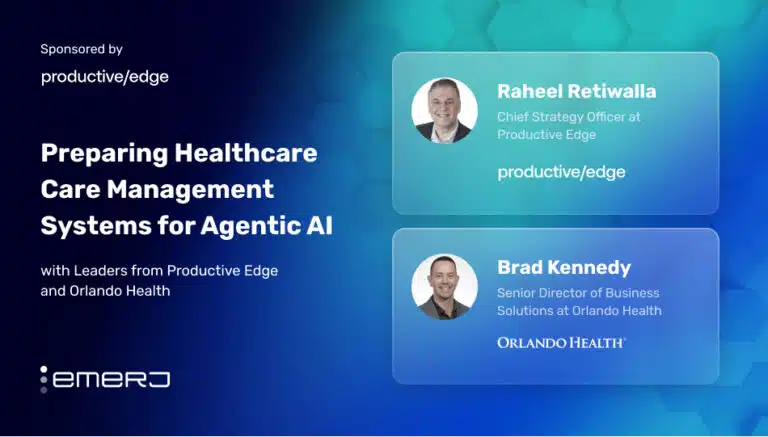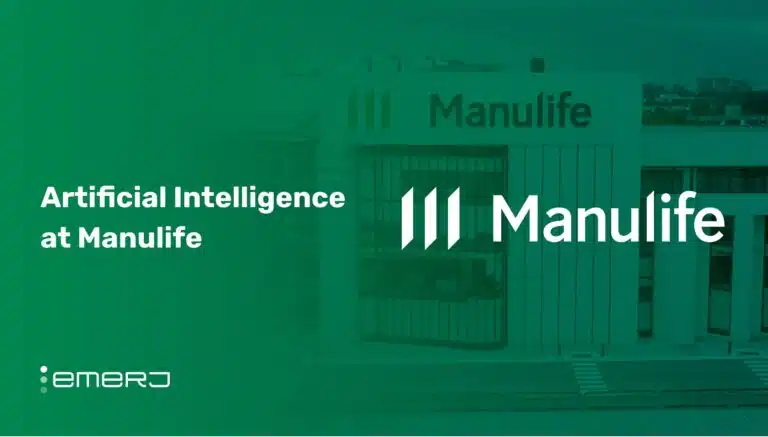Tech Provider: Lexalytics – A natural language processing and text analytics software and service provider.
Client Company: Microsoft – A multinational technology company which develops, licenses, sells and supports software, hardware, and services.
Industry: Consumer goods
Function: Business intelligence and analytics, Process automation
Tech Provider Contact Person: Charles Le Gros
Problem
Microsoft’s Customer Market Research (CMR) team spends much of its time and resources on designing, deploying, and analyzing customer surveys to derive insights for the company.
The team set out to make sense of a new kind of data: Social media. The CMR team aimed not only to derive as much information as possible from social media data, but to have this data “true up” with its other survey information.
By extracting some of the same insights from surveys through the medium of social media, Microsoft aimed to reduce some of its substantial survey spend and so improve the efficiency of its market research work.
Actions Taken
Microsoft’s CMR team begins with open-ended questions, such as “What are users saying about the color and style of the new Surface Pro?” Based on products, brands, and themes of interest, the CMR team uses Lexalytics to sort through a massive store of social media comments.
Microsoft pays for a “feed” from social from another vendor (not specified), and Microsoft stores this data in their own data warehouses. Lexalytics comes into play in processing of those social feeds and warehouses of social data, and determining insights and trends from the text data within them. Lexalytics was able to confirm that social streams processed by Microsoft include Facebook, Twitter, a news scraping source, and various forums.
Microsoft used Lexalytics’ Semantria Storage and Visualization software to analyze this data and generate insights about customers’ feelings. Microsoft’s team then validated Sementria’s results with Likert Scale (link needed) survey data.
Lexalytics claims that once Microsoft was able to tie entities (Microsoft products and brands) to customer sentiment, they were able to use this stream of social data as a “proxy” for survey results, getting a sense of customer feelings weeks ahead of receiving survey results – allowing Microsoft to have a better “finger on the pulse” of customer opinions.
Microsoft loads these “entities” (competitors, products, etc) up beforehand, though Lexalytics claims that it can often unearth new and noteworthy entities through text analysis. Lexalytics tells us that it’s best for clients (like Microsoft) to begin with as many known entities as possible, and Lexalytics can immediately find insight about them (as opposed to “finding” them in the data from scratch, which might be unnecessarily time consuming if the products or competitors are already known).

Results
Lexalytics claims that Microsoft is now able to monitor thousands of its products and brands, including those of its competitors.
Lexalytics claims that this allows Microsoft to reduce survey spend by occasionally substituting social feedback as a faster alternative. In addition, Lexalytics monitoring helps Microsoft improve by find gaps in its current surveys.
We were unable to clarify figures around savings or efficiencies with Microsoft directly. As for measurable results of the software, Lexalytics COO Tim Mohler stated the following:
I’m not sure what numbers would show success. In general, I’m not involved with decision making at Microsoft for spending money or responding to what’s going on. I can tell you they have saved hundreds of thousands of dollars in the social program since switching to Lexalytics.
Microsoft launched Semantria Storage & Visualization (SSV) on December 14, 2017. SSV is also often OEM’d by other vendors for resale.
Transferable Lessons
Large consumer good firms have a vested interest in fast feedback loops. Fixing bugs, changing products, and creating new products are all processes that often involve real exposure to customers, and communication with those customers.
While it isn’t always possible to get customers to communicate their feedback directly to brands (as this would require effort and no direct benefit to the user), it is often possible to pick up on sentiment and customer response via media monitoring and natural language processing. In the case of Microsoft, this kind of AI-based “listening” helped provide early hints and direction for a broader customer research effort involving surveys and traditional customer research methods.
We might expect that as NLP technologies become more advanced and easier to use for media monitoring, most brands will include technologies of this kind in their customer research programs. For example:
- A hotel chain may want to know if customer sentiment around cleanliness is better for some hotel locations above others
- Can manufacturers may garner early sentiment about a new car model once the company begins broadcasting TV commercials and online videos featuring the new design
- A candy company may aim to find a pattern between social sentiment and products mentions, and actuals sales of it’s products (helping the company better predict regional demand)
- Etc…


















